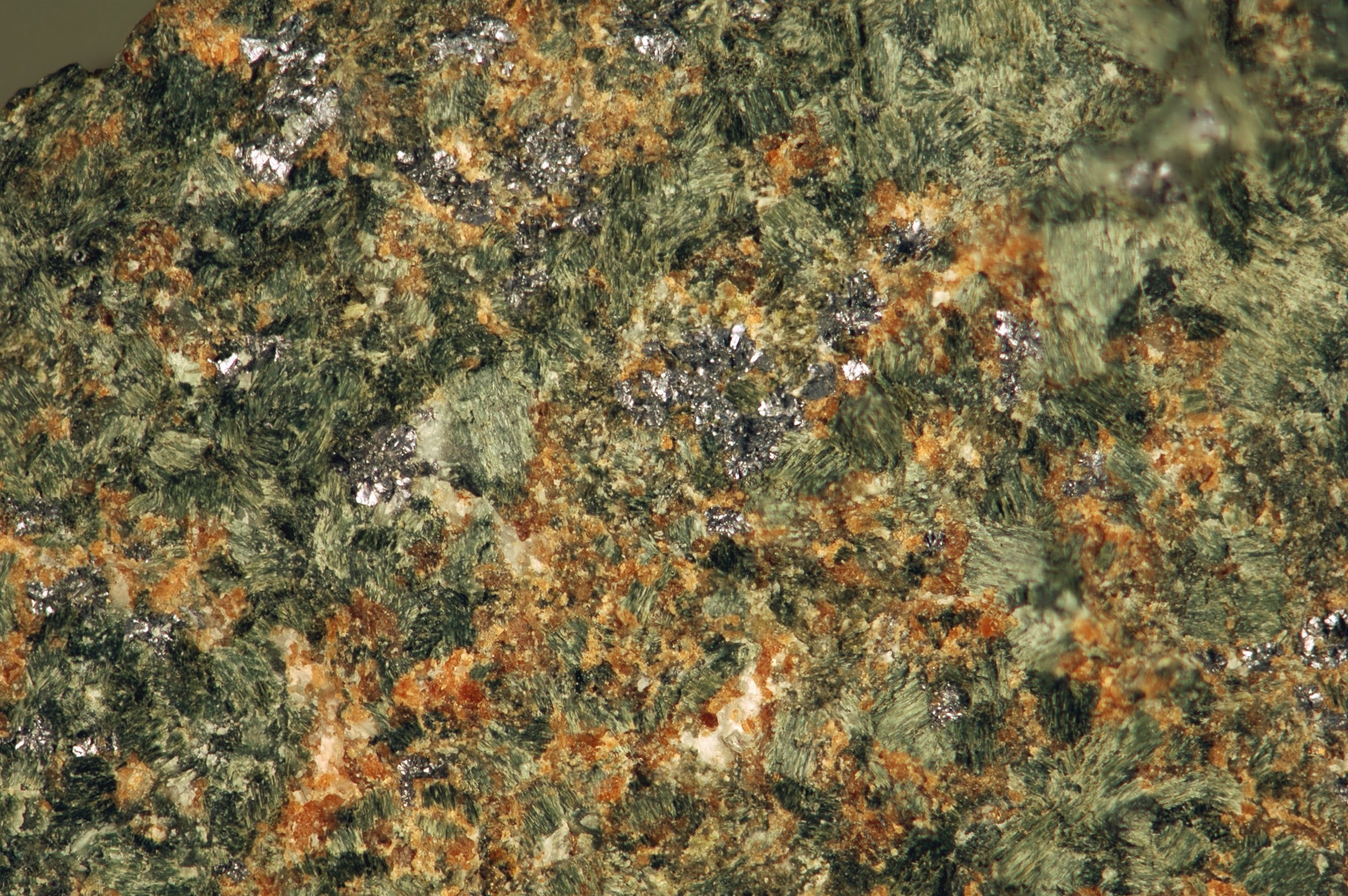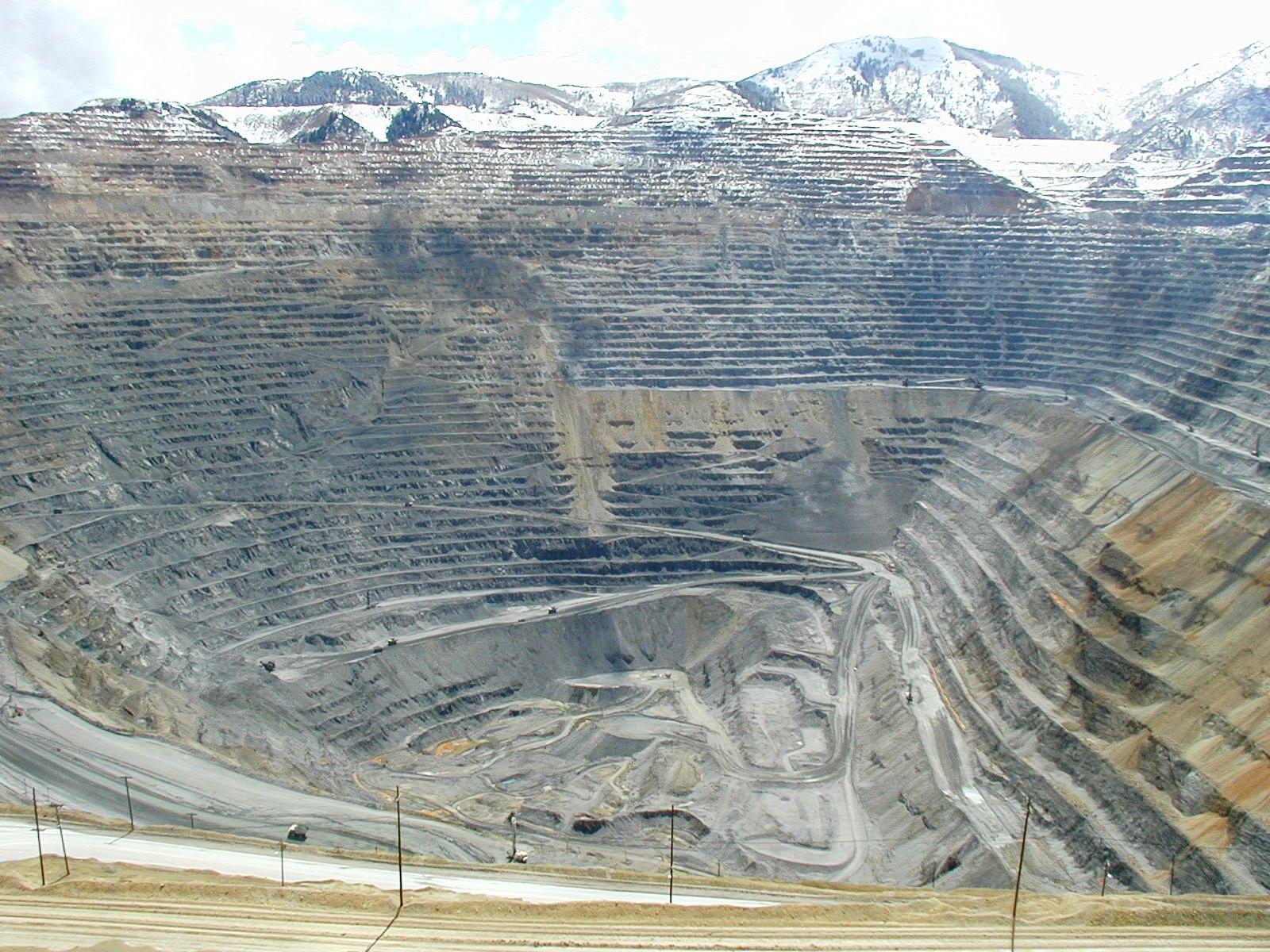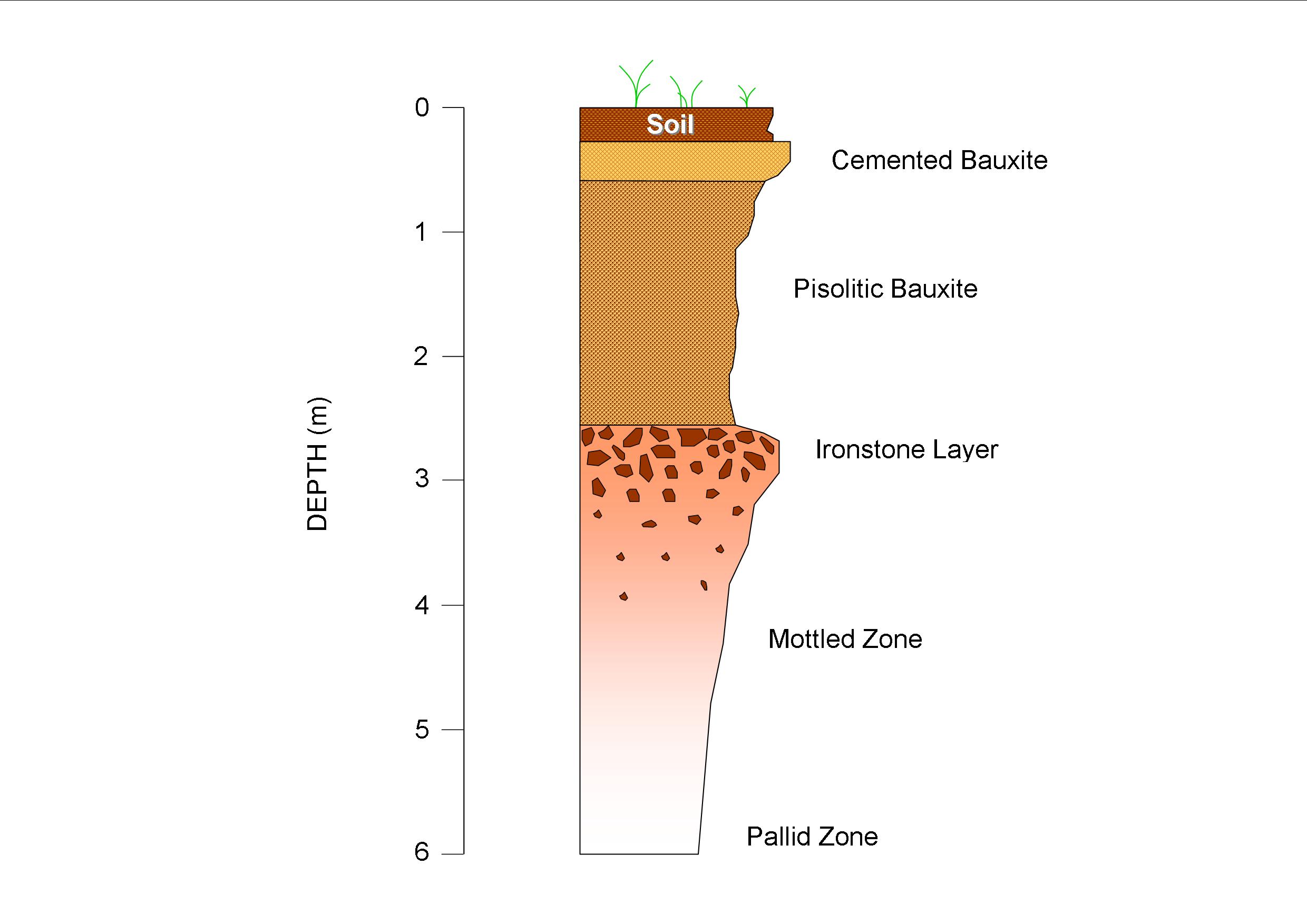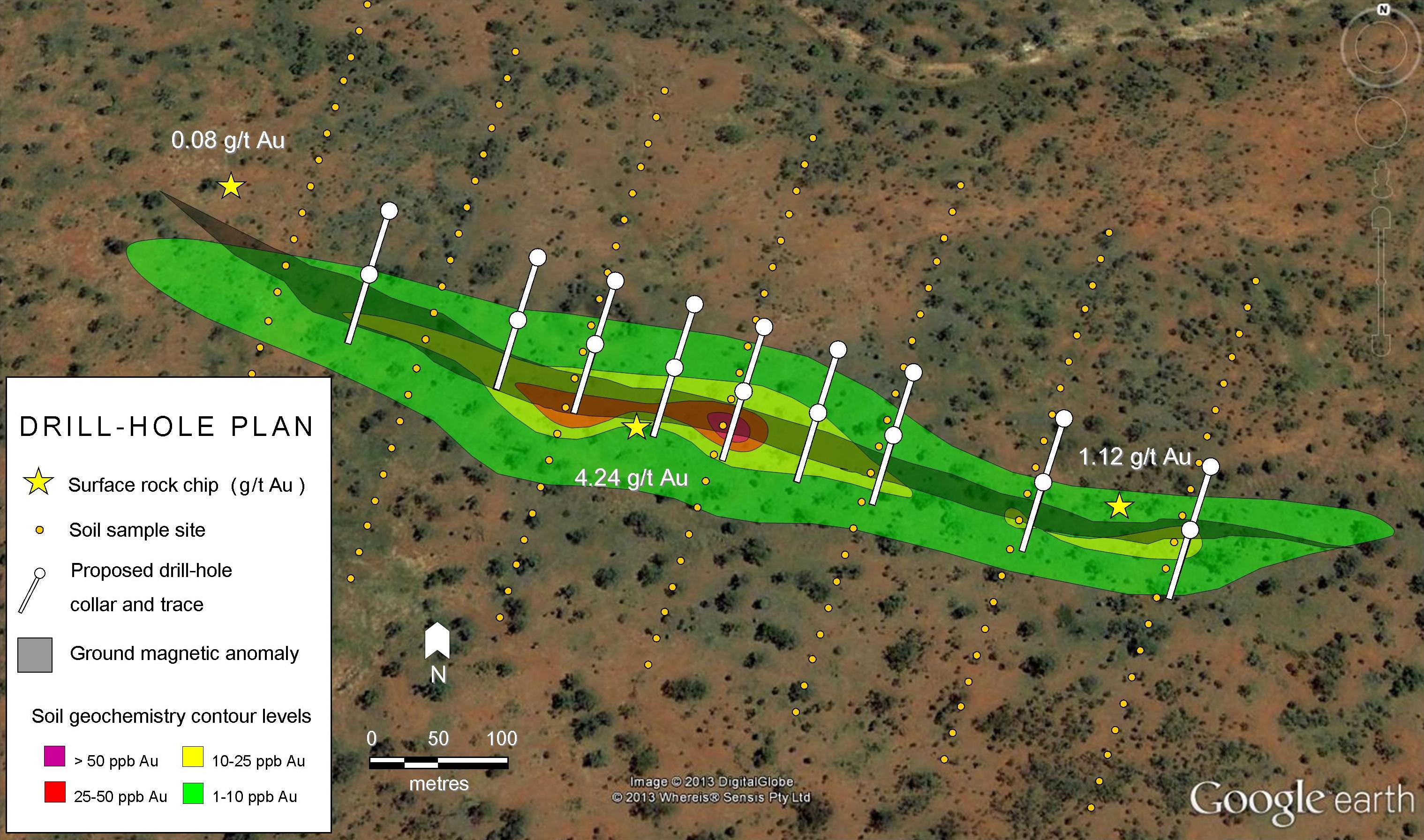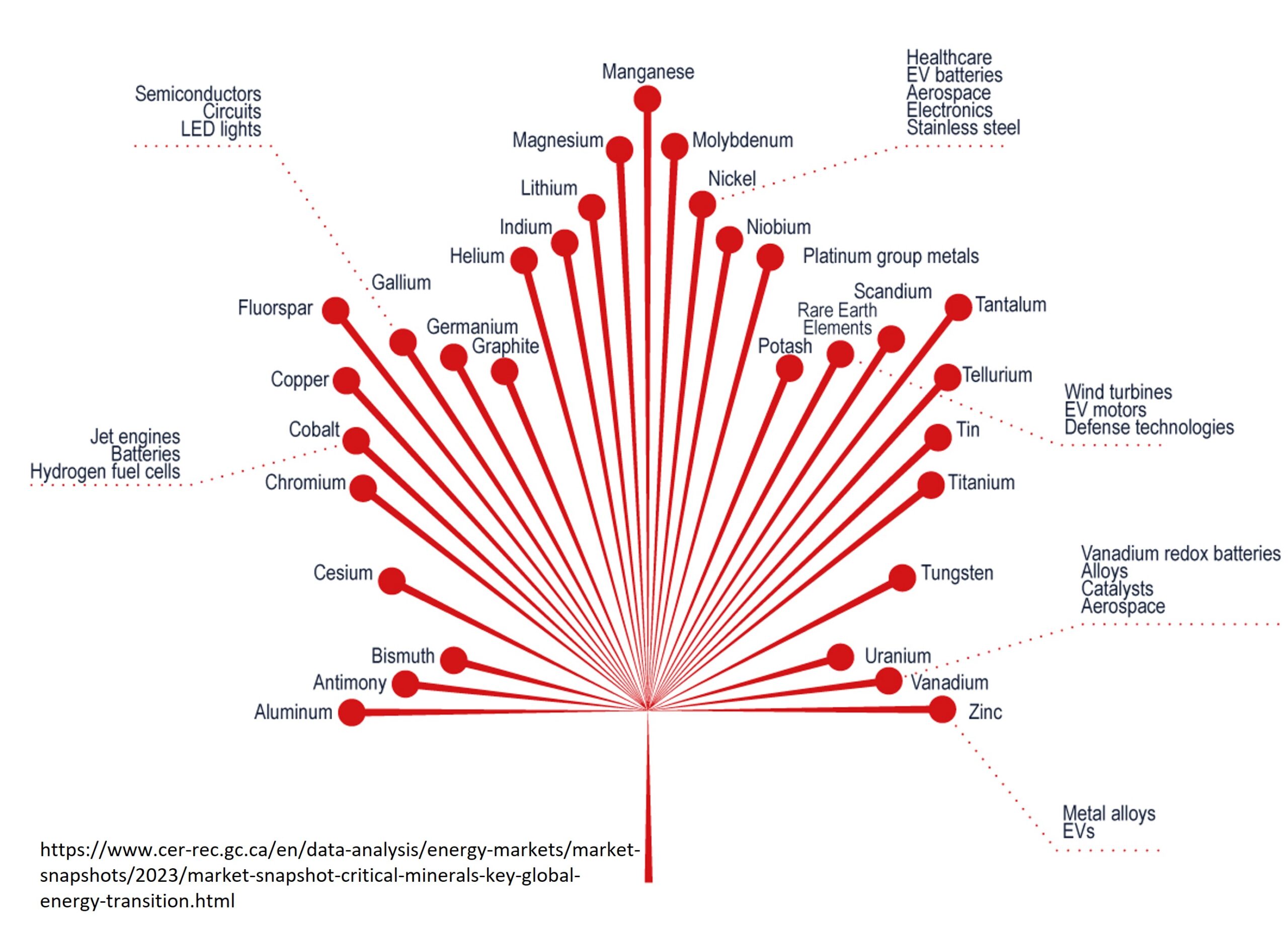What’s interesting about Diagnos is that they have been using their own technology to directly acquire mining claims in remote and under-explored areas with the stated intention of selling the most prospective properties to their current clients and contacts.
[box type=”info” align=”aligncenter” ]Disclaimer: This is an editorial review of a public press release and not an endorsement. It may include opinions or points of view that may not be shared by the companies mentioned in the release. The editorial comments are highlighted so as to be easily separated from the release text and portions of the release not affecting this review may be deleted. Please view original release here.[/box]
BROSSARD, QUEBEC–(Marketwired – Dec. 18, 2013) – Diagnos Inc. (“DIAGNOS” or “the Corporation”) (TSX VENTURE:ADK), a leader in knowledge extraction and artificial intelligence, is pleased to announce that Puma Exploration (TSX VENTURE:PUM) has confirmed the extension of a discovery announced in February 2013 on a priority target identified by CARDS (Computer Aided Resource Detection System) based on the work of a copper-zinc signature on the Turgeon project located in New Brunswick.
[box type=”note” align=”aligncenter” ]
This release is not from a mining company, but a technology firm whose customers are mining companies. We chose this release because it highlights a few interesting issues relating to the mining industry and exploration in general.
Puma Exploration’s Turgeon project is a copper-zinc play located in the Bathurst Mining Camp of New Brunswick, Canada. The company recently expanded its land holdings to nearly 4000 hectares from 220 hectares and has employed the technology firm Diagnos to help them identify exploration targets. Diagnos is a TSX Venture listed technology firm whose CARDS (Computer Aided Resource Detection System) is designed to identify exploration targets from existing data.
[/box]

Trench sampling results from the new copper discovery located 4km south of the Turgeon Cu-Zn Project in New Brunswick, Canada announced by Puma Exploration show a high grab sample grading of 6.5% Copper and 9.2 g/t Ag. The Turgeon East zone was identified in 2013 by doing prospective work on a CARDS-identified target which led to the discovery of grab samples grading up to 6.92% Cu approximately 4.0 kilometers south of the Powerline Cu-Zn Deposit. A follow-up trenching and stripping program was recently undertaken to define the size and shape of last year’s Turgeon East discovery.
The recent stripping program uncovered a quartz vein ranging from 2 to 6 meters wide over a 60-meter strike length containing chalcopyrite and pyrite in a silicified gabbro. Seventeen (17) selected samples were collected along the vein at a regular interval of 5 meters and displayed good high grade copper continuity over 60 meters with 11 of the collected samples grading more than 1% Copper. The zone is open in both directions along strike and additional work is scheduled for the summer of 2014 in order to expand and explore the Turgeon East discovery.
Selected grab samples collected in the Turgeon East Trench:
| Sample # | Cu (%) | Ag (ppm) |
| M045918 | 6.5 | 4.4 |
| M045908 | 5.8 | 9.2 |
| M045917 | 3.8 | 2.7 |
| M045924 | 3.5 | 7.2 |
| M045914 | 3.3 | 2.8 |
| M045913 | 2.5 | 1.6 |
| M045922 | 2.0 | 4.4 |
| M045920 | 1.9 | 5.1 |
| M045909 | 1.5 | 1.7 |
| M045919 | 1.4 | 2.1 |
[box type=”note” align=”aligncenter” ]
Stripping is the removal of overburden down to bedrock, usually with the use of heavy equipment to literally scrape and haul away the soil, sediment and vegetation. Trenching involves cutting, drilling, blasting or otherwise removing portions of the surface bedrock for sampling. Historically, prospectors blasted “trenches” with dynamite, but modern trenching typically does not involve blasting. In historically prospected areas, small pits or “trenches” are often found near mineralized rock outcrops serving as memorials to days-gone-by.
Read more about geological field work and sampling programs.
[/box]
“Explore the past to predict the future. CARDS uses artificial intelligence and proprietary algorithms to learn the “signatures” or “fingerprints” of resource-rich areas to detect similar sites in unexploited regions. Our powerful technology, CARDS, enabled Puma to concentrate their efforts and budgets on areas with high copper and zinc potential”, noted Michel Fontaine, DIAGNOS Vice-President Mining.
[box type=”note” align=”aligncenter” ]
In areas with thick overburden (soil, vegetation, sediments), finding exploration targets usually involves a multi-faceted approach which can include the evaluation of historical exploration data, geological maps, geophysical surveys, soil or till sampling, air photo analysis and even the sampling of vegetation. Diagnos has developed a system which they claim combines all this data and mathematically predicts prospective exploration targets.
There are two main difficulties in developing and marketing new exploration technique. In order for a technique to gain wide acceptance, there needs to be a clear and transparent methodology which holds up to scientific scrutiny. Geoscientists must be able to report means and methods which hold up to peer review and meet regulatory requirements. For companies with proprietary techniques this means sharing information with clients without giving away too much information. This leads us to the second problem: Techniques used in exploration must not only have a verifiable scientific basis, but also have a proven track record. Companies marketing untested, but perhaps theoretically sound, techniques will often have to give them away for free and very cheaply until a reputation has been established. This usually involves a good deal of time and money.
[/box]
“The discovery of a new copper showing at Turgeon East in the same geological setting and only 4 kilometers away from the Powerline Cu-Zn Deposit is very encouraging for finding more Cu-Zn satellite deposits related to the same VMS system and we are very excited to launch a new drilling program at Turgeon. The discovery at Turgeon East was effected on a Diagnos CARDS generated target”, noted Marcel Robillard, President of Puma Exploration.
About Puma Exploration
Puma Exploration is a Canadian mineral exploration company with advanced precious and base metals projects in Canada. The Company’s major assets are the Nicholas-Denys and Turgeon Projects in New Brunswick and the Little Stull Lake Gold Project in Manitoba. Puma is focusing its exploration efforts in New Brunswick, Canada, which has been ranked fourth in the world in mining exploration by the 2013 Fraser Institute Survey.
About DIAGNOS
Founded in 1998, DIAGNOS is a publicly traded Canadian corporation (TSX-v: ADK), with a mission to commercialize technologies combining contextual imaging and traditional data mining thereby improving decision making processes. DIAGNOS offers products, services, and solutions to clients in a variety of fields including healthcare and natural resources.
[box type=”note” align=”aligncenter” ]
Just like mining companies themselves, those servicing the exploration and mining sectors have been struggling as of late and Diagnos is no exception. According to their most recent financials they are losing money and running low on cash. What’s interesting about Diagnos is that they have been using their own technology to directly acquire mining claims in remote and under-explored areas with the stated intention of selling the most prospective properties to their current clients and contacts. If they can hang on through the current mining downturn, and if their system works as well as they say, they may be sitting on some valuable future projects.
[/box]
DIAGNOS has assembled a high level team of scientists with master degrees and PhDs in artificial intelligence, mathematics, imaging, geology and geophysics and a management team to support its customers in mining exploration.
[box type=”success” align=”aligncenter” ]Have a company or release you’d like us to look at? Let us know though our contact page, through Google+, Twitter or Facebook.[/box]

